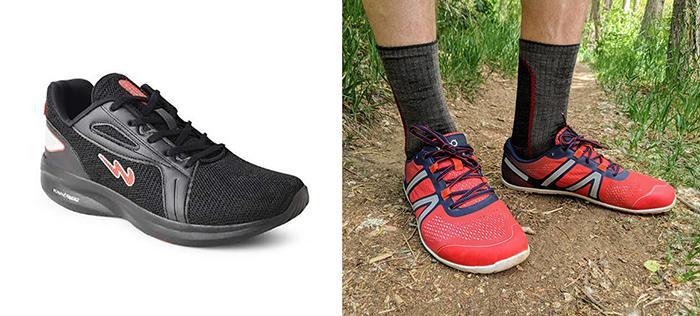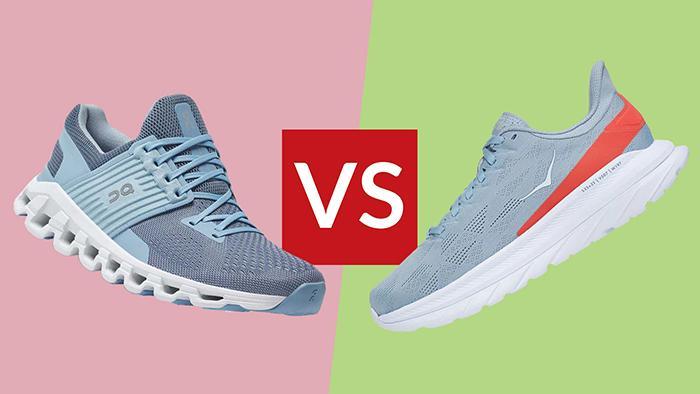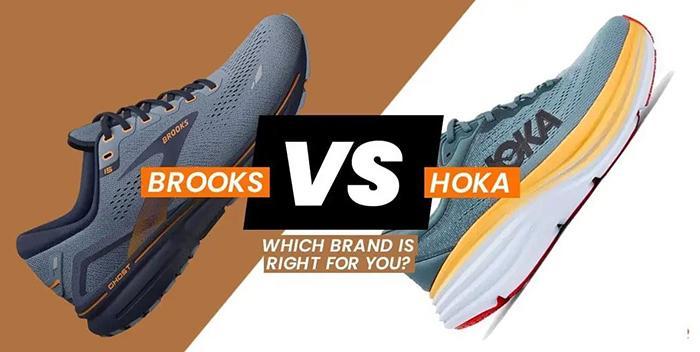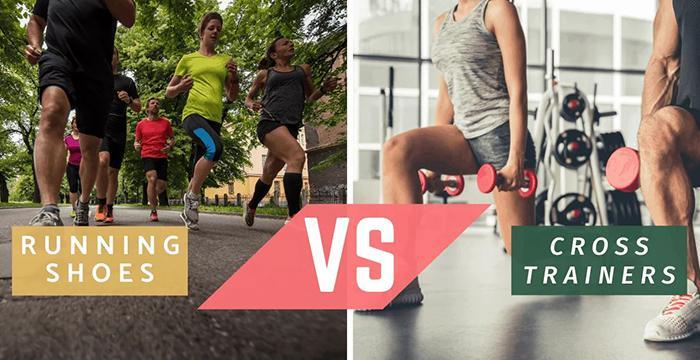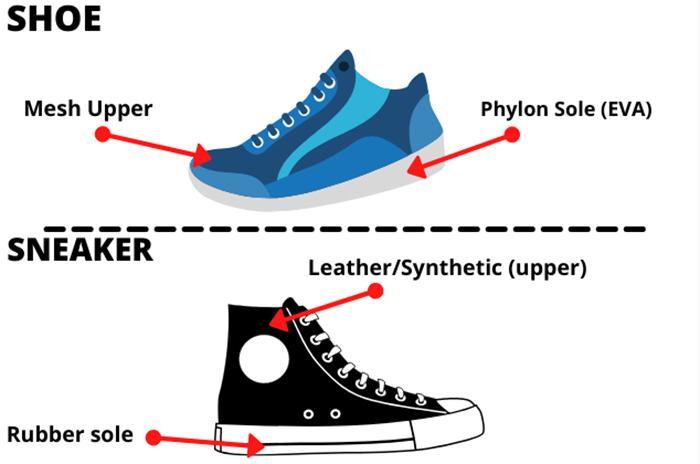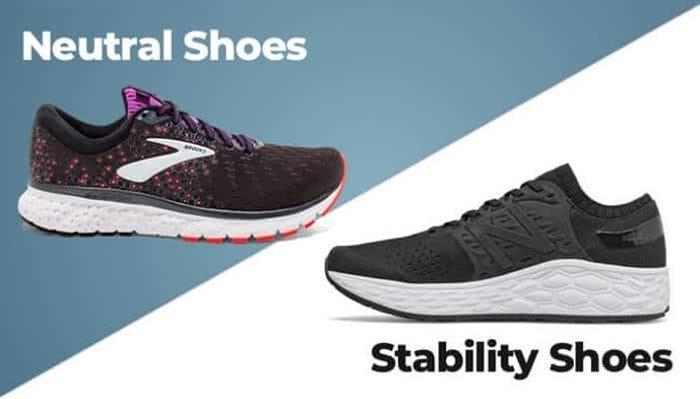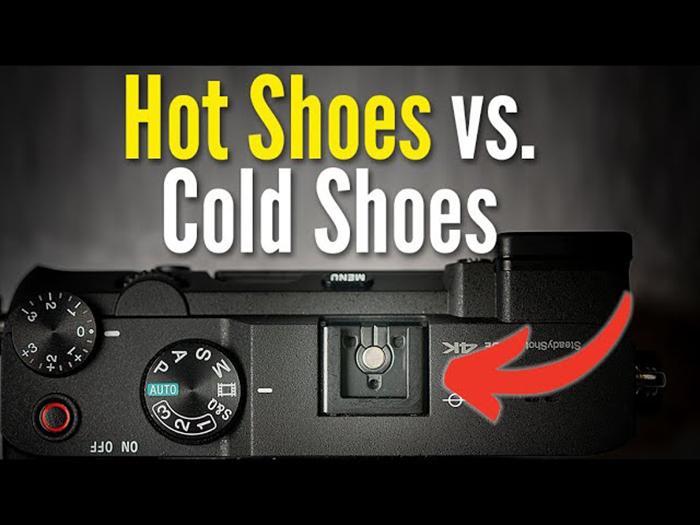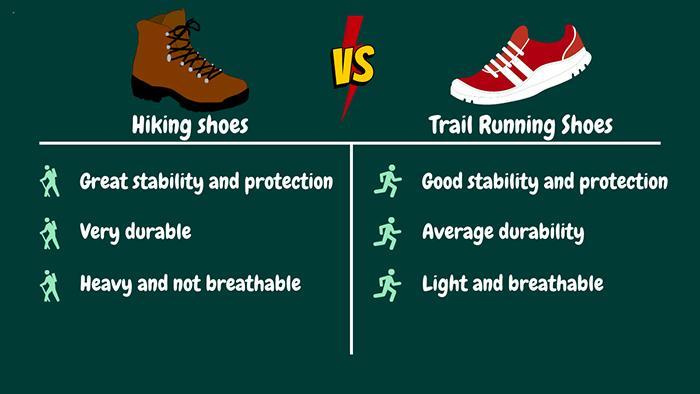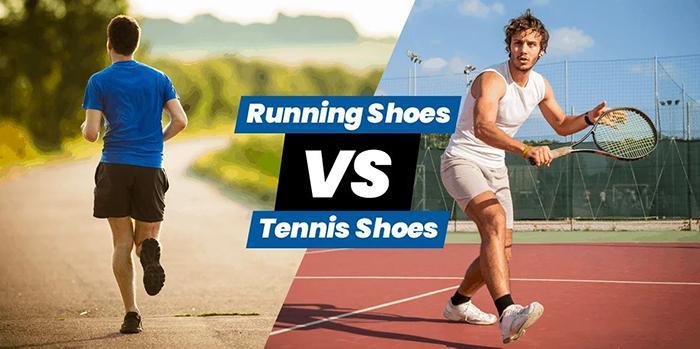Choosing the right pair of shoes for your favorite court sport can be a game-changer, but it’s not always clear what makes pickleball shoes different from tennis ones.
Interestingly, while many people use tennis shoes for pickleball games, few know that there are distinct differences in design and function between the two.
You Are Watching: Pickleball Shoes Vs Tennis Shoes Updated 07/2024
This blog post aims to demystify those differences so you’ll be better equipped to make an informed choice when shopping for court footwear.
So keep reading; let’s get into the nitty-gritty of pickleball vs tennis shoes.
Differences Between Pickleball Shoes and Tennis Shoes
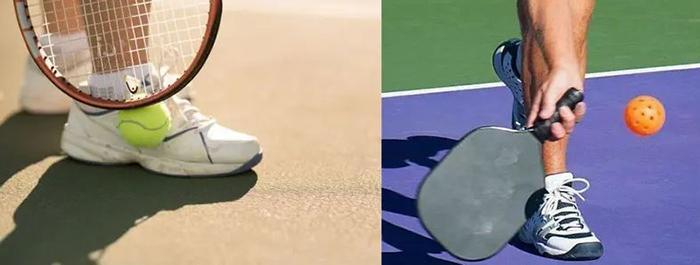
Tread
In the great debate of pickleball shoes vs tennis shoes, one key distinction lies in the tread design.
Pickleball shoes often sport a gum rubber outsole with modified herringbone or hexagonal pattern for superior grip, ideal for rapid and multi-directional movements on both indoor and outdoor courts.
Tennis footwear, however, typically has a thicker and more durable sole with diverse treading patterns to cater to different court surfaces – clay, grass or hard court.
They offer excellent traction but are heavier owing to the sturdier construction.
Interestingly though neither compromise on stability as their outsoles are made from rubber ensuring they stand up to hard court wear while also providing players with cushioning that adds quality to each movement on the court.
Midsole
The midsole is an essential component of both pickleball shoes and tennis shoes. It refers to the layer of material located between the outsole and the insole.
Read More : How To Tell If Shoes Are Non Slip Updated 07/2024
In pickleball shoes, the midsole is designed to provide optimal cushioning and support during gameplay.
This feature helps absorb shock from quick movements on the court, reducing strain on your feet and joints. Tennis shoes also have a midsole that offers cushioning, but it may vary in terms of thickness and materials used compared to pickleball shoes.
The right midsole can enhance comfort and performance, allowing you to move swiftly across the court without discomfort or fatigue.
Toe Box
The toe box is an important aspect to consider when choosing between pickleball shoes and tennis shoes. The toe box refers to the space at the front of the shoe where your toes sit.
In pickleball shoes, the toe box is often roomier and more spacious compared to tennis shoes.
This design allows for better flexibility and movement of your toes during quick lateral movements on the court.
Tennis shoes, on the other hand, tend to have a slightly narrower and snugger fit in the toe box area, providing extra stability and support for forward movements like running or sprinting.
So if you prioritize agility and maneuverability, opt for pickleball shoes with a roomier toe box, while if you prefer added stability during fast-paced play, tennis shoes may be a better choice.
Weight
Weight is an important factor to consider when choosing between pickleball shoes and tennis shoes.
Pickleball shoes are generally heavier than tennis shoes due to their sturdier construction, which provides better stability on the court.
The added weight helps prevent injury and allows for quick movements without sacrificing durability. On the other hand, tennis shoes typically have a lighter weight, allowing for faster agility and swift movements during gameplay.
Read More : Can I Wear White Shoes To A Wedding Updated 07/2024
So whether you prefer a heavier shoe for added support or a lighter one for quick maneuverability, it’s essential to find the right balance of weight that suits your playing style.
Cushioning
Pickleball shoes and tennis shoes differ in their cushioning levels. When it comes to pickleball, the right amount of cushioning is crucial for shock absorption during gameplay.
Pickleball shoes typically have adequate cushioning in both the heel and forefoot areas, providing comfort and support during quick movements on the court.
On the other hand, tennis shoes often prioritize stability over excessive cushioning, as tennis players require a firmer base for lateral movements.
The differences in cushioning between pickleball and tennis shoes ensure that each sport’s specific needs are met, allowing players to perform at their best without compromising safety or comfort.
Benefits of Pickleball Shoes for Playing Pickleball
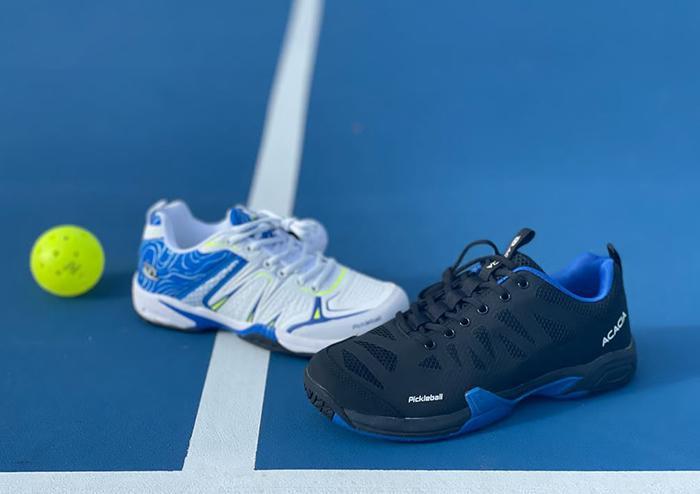
- Stability and Cushioning: Pickleball shoes are designed with stability in mind, providing the necessary support to prevent ankle rolls and injuries during quick movements on the court. The cushioning in these shoes helps absorb shock and reduce impact on the joints, ensuring a comfortable playing experience.
- Quick and Free Mobility: With their lightweight construction and flexible design, pickleball shoes allow for swift movements across the court. They provide excellent traction and grip, enabling players to make rapid cuts and changes in direction without slipping or sliding.
- Non-Marking Sole: One of the key features of pickleball shoes is their non-marking sole, making them ideal for indoor court play. This ensures that players won’t leave scuff marks or damage the surface while enjoying their game.
- Durability: Pickleball shoes are built to withstand the demands of intense gameplay. Their sturdy construction and durable materials ensure they can handle frequent lateral movements without wearing out quickly.
- Specific Design for Pickleball: Unlike tennis shoes, which are more versatile for multiple court sports, pickleball shoes are specifically designed with pickleball players’ needs in mind. They offer optimal support, traction, and comfort tailored to the unique demands of pickleball gameplay.
Benefits of Tennis Shoes for Playing Tennis
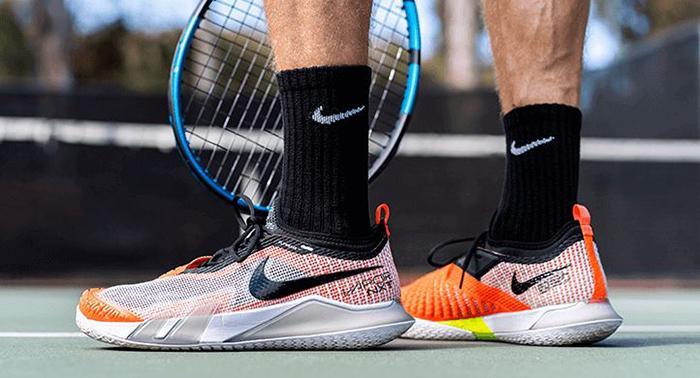
- Tennis shoes are specifically designed for the demands of tennis gameplay, providing optimal support and stability on the court.
- The rubber outsole of tennis shoes offers excellent traction, allowing players to make quick lateral movements and sudden stops without slipping.
- Tennis shoes have a durable sole that can withstand the repetitive motions and impact from constant running, jumping, and sliding on hard courts.
- The cushioning in tennis shoes is strategically placed in the heel and forefoot areas to absorb shock during high-intensity movements, reducing the risk of foot and leg injuries.
- With their sturdy construction, tennis shoes provide enhanced ankle support, preventing sprains and twists while changing directions rapidly.
Conclusion
In conclusion, while pickleball shoes and tennis shoes have some similarities, they also have key differences that make them better suited for their respective sports.
Pickleball shoes are designed with a non-marking sole and offer stability and quick mobility on the court.
Tennis shoes, on the other hand, provide durability and cushioning for intense lateral movements. Ultimately, choosing the right shoe depends on your specific needs as a player.
So lace up your preferred pair and get ready to dominate the court!
Sources: https://www.centuryinshoes.com
Category: Shoes

